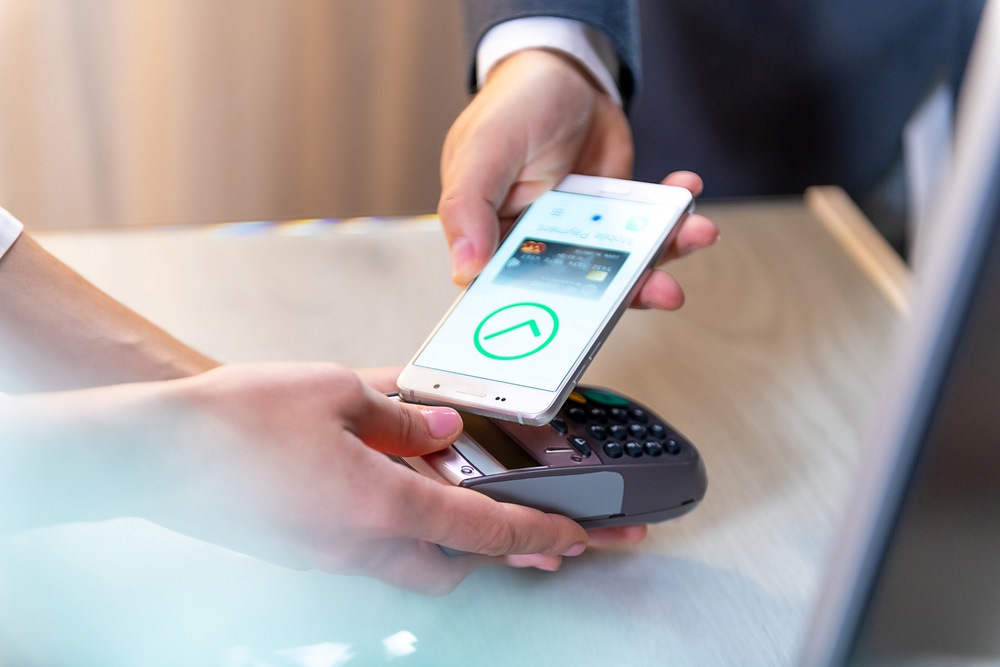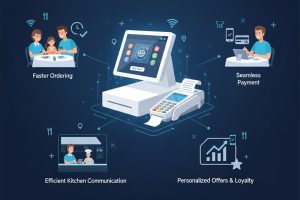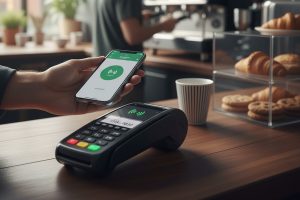In today’s fast-paced and competitive market, having the right Point-of-Sale (POS) system is more than just a convenience—it’s a necessity. Whether you’re running a busy restaurant or a modern beauty salon, your POS system can make or break your operational efficiency. The best POS system doesn’t just process payments—it helps manage staff, control inventory, streamline bookings, and gather customer insights. But how do you determine which POS system suits your business type best?
This guide walks you through what to consider, highlights industry-specific needs, and compares options to help you make the right investment.
Understanding the Role of a POS System
A POS system serves as the central hub of any customer-facing business. Traditionally used to record sales transactions, modern POS platforms go far beyond. Today’s systems are often cloud-based, with customer relationship tools, employee management features, and integrations with other software like accounting and marketing platforms.
The best POS system can:
-
Speed up checkout and minimize human error
-
Track real-time inventory and stock movements
-
Manage multi-location stores or service areas
-
Offer flexible payment options (card, tap, mobile wallet)
-
Provide actionable insights through reports and dashboards
Step 1: Define Your Business Type and Priorities
Before selecting a POS, consider your specific business model and what you expect from your system.
-
Restaurants require a POS that supports table management, online orders, and tipping.
-
Retailers need tools for inventory, barcode scanning, and customer loyalty.
-
Salons benefit from appointment scheduling, staff performance tracking, and customer profiles.
Understanding your business priorities will help you focus on the POS features that truly matter to you.
Step 2: Must-Have Features for Any POS System
While each industry has unique requirements, certain POS features are universally valuable:
Easy-to-Use Interface
A user-friendly interface reduces training time and minimizes mistakes at the counter or terminal.
Inventory Management
Track items in real-time, set reorder thresholds, and organize stock by size, color, or category.
Payment Flexibility
Accept all major credit/debit cards, tap-to-pay options, mobile wallets, and even gift cards.
Detailed Reporting
Monitor daily sales, best-selling items, peak hours, and staff performance using customizable dashboards.
Cloud Access
With a cloud-based POS, you can manage your business from anywhere, receive updates instantly, and scale more easily.
Step 3: Choose Industry-Specific Features
Let’s break it down by sector:
Restaurant POS Canada: Key Considerations
Choosing a Restaurant POS Canada solution involves understanding the unique pace and customer service expectations of the food and hospitality sector.
Key features to prioritize:
-
Table Management: See open tables and server assignments at a glance.
-
Modifier Customization: Tailor menu items with custom add-ons (e.g., no onions, extra cheese).
-
Kitchen Display System (KDS): Send orders directly from front-of-house to the kitchen in real time.
-
Tip and Split Payments: Handle complex billing scenarios effortlessly.
-
Integration with Delivery Platforms: Sync with Uber Eats, DoorDash, or SkipTheDishes.
Top POS options for Canadian restaurants include TouchBistro, Square for Restaurants, and Lightspeed Restaurant.
POS for Retail: What Retailers Need
When selecting a POS for retail, the focus should be on speed, scalability, and customer experience.
Critical features:
-
Barcode Scanning and Printing
-
Multi-location Inventory Sync
-
Customer Loyalty Programs
-
Returns and Exchanges Processing
-
Integration with E-commerce Platforms (like Shopify)
A robust retail POS enables in-store and online selling under one platform, making omnichannel operations seamless. Great choices include Vend, Shopify POS, and Lightspeed Retail.
Salon POS Systems: Tools for Success
Modern beauty salons and wellness studios need more than a payment terminal—they need an integrated solution for client management.
Essential features for salon POS systems:
-
Appointment Booking and Calendar Integration
-
Staff Scheduling and Commission Tracking
-
Custom Service Menus and Packages
-
SMS/Email Appointment Reminders
-
Client Notes and Purchase History
Popular salon POS platforms include Fresha, Vagaro, and Zenoti, which are designed to improve client retention and simplify day-to-day operations.
Step 4: On-Premise vs. Cloud-Based POS Systems
Today, most modern businesses are choosing cloud-based POS platforms for their flexibility and security. But what’s the real difference?
| Feature | On-Premise POS | Cloud-Based POS |
|---|---|---|
| Accessibility | On location only | Anywhere with internet |
| Maintenance | Manual updates, costly | Auto-updates, low maintenance |
| Backup & Recovery | Risk of data loss | Real-time cloud backups |
| Scalability | Harder to scale | Easy to add locations/users |
| Cost Structure | Higher upfront cost | Monthly subscription-based |
Step 5: Check Support, Training & Integration
Before finalizing your system, ask the following:
-
Is onboarding provided for your team?
-
Does the provider offer 24/7 customer support?
-
Can it integrate with your accounting, marketing, and CRM tools?
-
Are there hidden fees (like hardware costs or credit card fees)?
Reading reviews and getting a demo will help clarify how each POS performs in real-life scenarios.
Step 6: Consider Budget and Long-Term ROI
It’s tempting to go for the cheapest option, but the best POS system is the one that offers the most value—not just the lowest price. Look at:
-
Monthly Fees
-
Hardware Requirements
-
Payment Processing Rates
-
Customization Capabilities
Some POS systems, like Square, offer free plans with basic features, while others, like Shopify and Lightspeed, charge monthly but offer more powerful tools. Determine your must-haves and what you’re willing to invest in for long-term efficiency.
Final Thoughts
Your POS system is more than just a tool to collect payments—it’s the backbone of your business operations. By choosing a system tailored to your industry and equipped with essential features, you position your business for growth, better customer service, and stronger financial oversight.
Take the time to assess your needs, compare options, and test-drive the solutions. With the right decision, your POS system will do more than ring up sales—it will drive your business forward.
FAQ’s
Q1. What type of POS is best for restaurants?
A: The best POS for restaurants should support table management, menu customization, kitchen display, tipping, and delivery integrations. Options like TouchBistro or Lightspeed are ideal for Canadian restaurants.
Q2. Is cloud-based POS better?
A: Yes. Cloud-based POS systems offer remote access, automatic updates, better security, and scalability, making them a smart choice for modern businesses.
Q3. Is cloud-based POS better?
A: In most cases, yes—especially for growing businesses looking for scalability and remote management.




